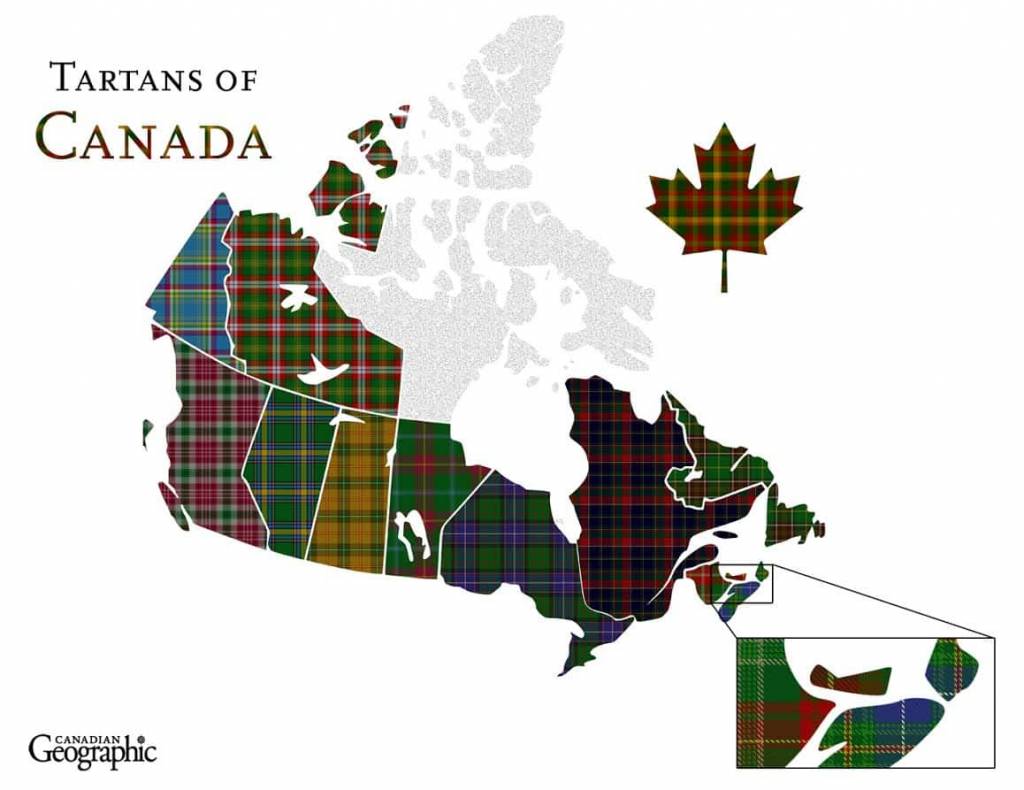Menu
The origins
THE FCQ'S HISTORY
The Festival Celtique de Québec was born in 2005 from the initiative of a few Quebec citizens attached to the Celtic heritage. The first edition of the festival was delivered with a $1,200 budget and supported by the Morrin Centre, a cultural centre dedicated to English-language culture. Its purpose was to share the diversity of the Celtic heritage and to highlight the contribution of these communities to Quebec City’s history.
The festival quickly became a part of the Morrin Centre’s program with the help of Heritage Canada’s only recurring grant and the logistical support of Quebec City. The FCQ grew in popularity and the Morrin Centre handed over its management to its artisans. The transition began in 2010 but was only was realized in 2011. The FCQ is gradually moving away from the Scottish roadway neighbourhood festival to a regional festival managed by an independent NPO. The FCQ has the ambition to become a major festival in Quebec.
The origins
THE FCQ'S TARTAN
The Québec Celtic Festival tartan was created in 2014 by Patrice Lambert MacLeod, in anticipation of the event’s 10th anniversary in 2015. The tartan was designed to be worn as a symbol of pride by all people of Celtic origin, regardless of where they live.
The themes addressed in this tartan are related to colors:
- Blue and white for Scotland (and Quebec);
- Green, white and orange for Ireland;
- Four black lines intersecting for Brittany and for history.
These themes are repeated in the lines:
- Three wide green bands for Irish clover;
- Double orange lines in red for the Rampant Lion (other Scottish flag);
- Four white lines in the color sequence, responding to the blacks to take up the theme of Brittany.
- All inspired by the armoury of Quebec City. As the official symbol of the Festival Celtique de Québec, this tartan joins the great brotherhood of Canadian tartans.
The tartan
Everything you need to know about it!
WHAT IS A TARTAN?
It is a fabric pattern characterized by an assortment of bands and colours that intersect at right angles.
Traditionally, tartans have been associated with heritage. A symbol of identity and cohesion, each motif represents a family, a community, an organization or a region.
Recently, non-Scotian organizations, provinces and now Canada have adopted tartans as an official symbol that can be used by all.
Source : www.pch.gc.ca
April 6th: TARTAN DAY
Tartan Day celebrates the historical and current connections between Scotland and the descendants of Scottish immigrants in North America and some Commonwealth countries.
Tartan Day is celebrated in Canada and in the United States on April 6th (the anniversary of the Arbroath declaration of 1320) and on July 1st in Australia and New Zealand.
The history of Tartan Day begins with the immigration of Scottish men to the American continent, who later took part in the construction of the United States and Canada, rising through the ranks of social life and printing their personal and collective stories through the centuries.
In Canada, the idea of a “Scots Day” – immediately renamed “Tartan Day” – was spearheaded by the Federation of Scottish Clans of Nova Scotia in 1986 with the goal of promoting the identification of Scottish heritage. Petitioned by Jean Watson, the president of the Farquharson clan, a first motion was adopted in 1987.
Source : www.fr.wikipedia.org
In Canada
The Maple Leaf Tartan was created in 1964 by David Weiser in anticipation of Canada’s 100th anniversary, in 1967. It was designed to be worn by all Canadians, regardless of their ancestral origins, as a symbol of national pride.
The maple leaf tartan has been recognized for decades as Canada’s unofficial tartan. It became an official symbol by ministerial declaration on March 9th, 2011. The pattern was inspired by the colors maple leaves take over the seasons. It incorporates the green of the summer, the gold of the early fall, the red that appears at first frost and finally, the brown of the dead leaves. It has been very popular across Canada.
As an official symbol of Canada, the Maple Leaf Tartan joins other important symbols of Canada, including the Coat of Arms and the National Flag of Canada. The maple leaf is the Canadian symbol recognized around the world.
Source : www.pch.gc.ca
In Quebec
The Quebec tartan was created from the province’s coat of arms, which is a reflection of its history.
It shows the colors of the three horizontal divisions of the ecu. The blue is reminiscent of the upper field (blue with fleur-de-lys); the green represents the maple branch below; while the gold symbolizes the lion in the central part, as well as the crown of the shield. The blank refers to the “I remember” list.
Source : www.pch.gc.ca
Tartan across Canada
Credit: Canadian Geographic

THE CELTIC NATIONS
Find out who our Celtic ancestors are!
Further Information
If you have not yet found the information you are looking for please contact us
